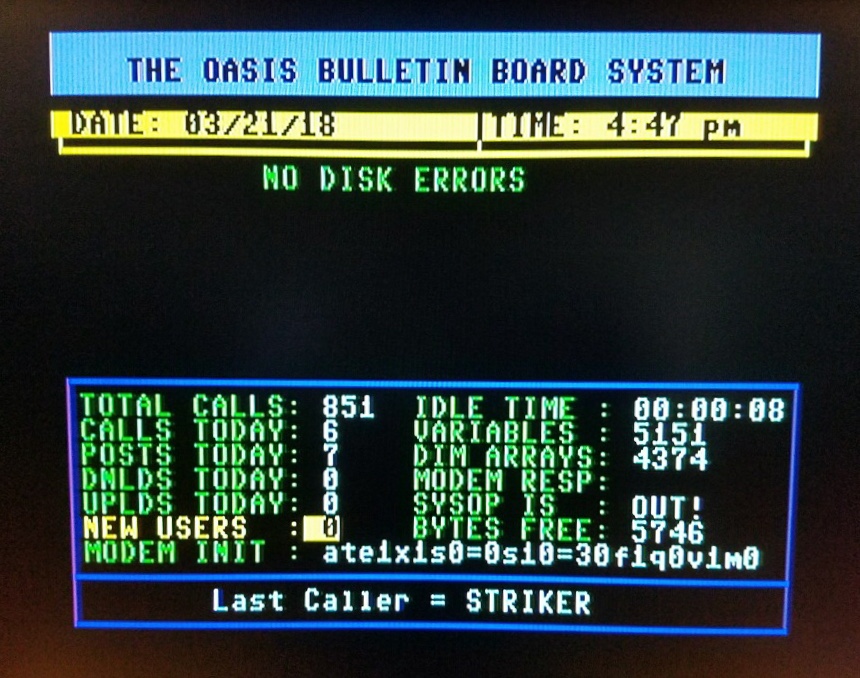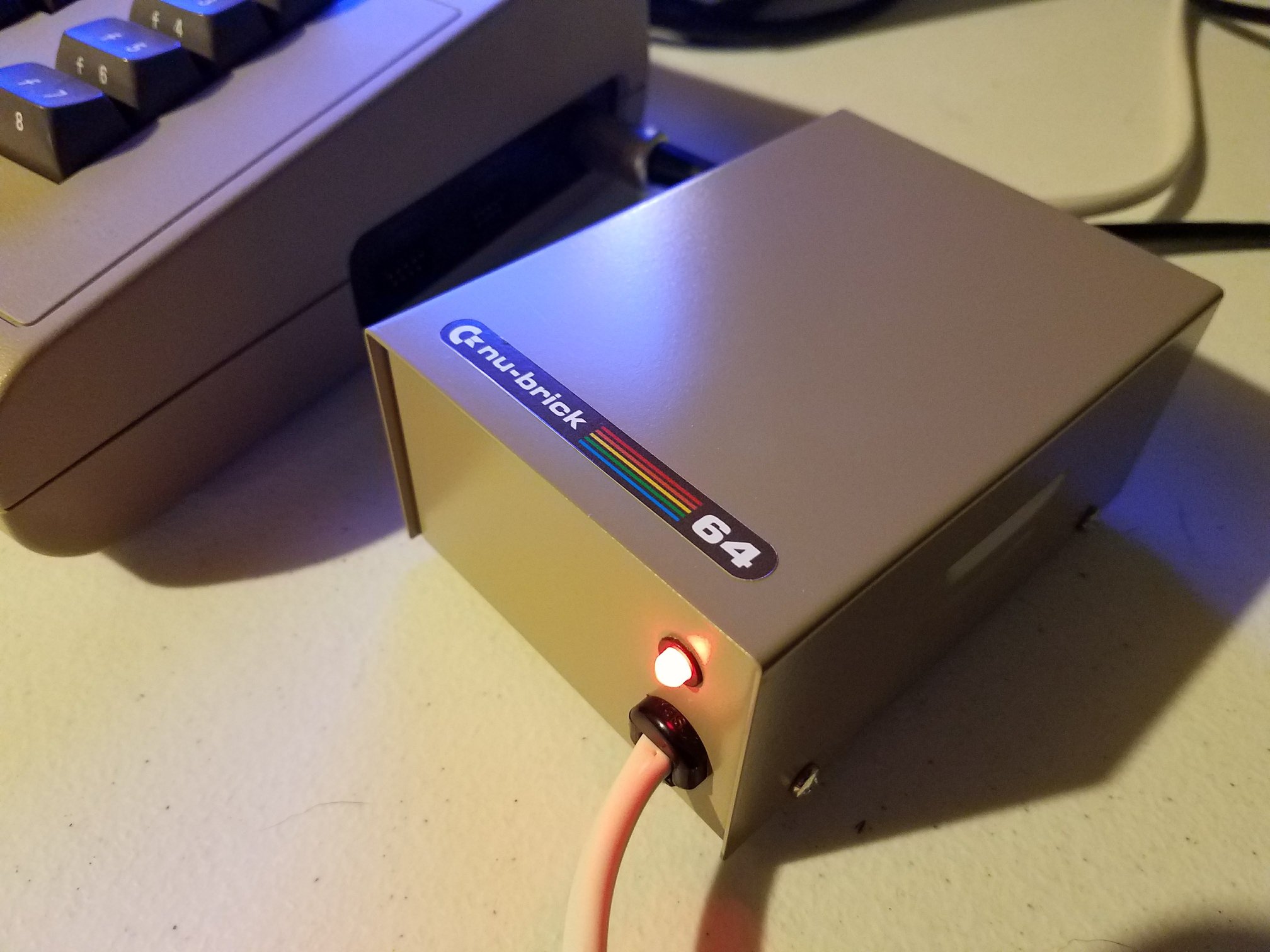Arctic Retro returns with a careful yet lively walkthrough of a full Amiga 500 repair and upgrade project, starting with a battered A500 pulled from storage and ending with a turbocharged setup powered by modern hardware and CaffeineOS. The video moves at a relaxed pace, but it never drags, as each step shows the machine inching closer to a clean and revived state. Anyone curious about practical A500 restoration, PiStorm performance, or CaffeineOS will find this episode well worth watching.
Inspecting the Damage
The A500 enters the project with cracks in the case, loose plastic parts, and an eject mechanism that refuses to behave. Arctic Retro opens the machine and discovers dust, corrosion spots, and a handful of broken posts. The board itself seems intact, though it carries a few old rust stains and signs of past liquid exposure.
He tests the machine with a homemade Mean Well based power supply. The A500 boots to Workbench 1.3, and the internal test programs confirm that RAM, audio channels, and basic hardware all function. With the core system behaving, focus shifts to cleaning and repairing the physical damage.
Cleaning and Reviving the Floppy Drive
The floppy mechanism is stiff, rusty, and completely unable to eject a disk. After a full teardown, Arctic Retro removes dried grease, wipes down the rails, applies a tiny amount of silicone grease, and cleans the head. Once reassembled, the drive works again with the Amiga Test Kit. The difference feels immediate. The original drive may never look factory fresh again, but it performs well enough for regular use.
Repairing the Case the Hard Way
The case demands the most patience. Several screw posts are broken off, and a major corner crack spreads across a high stress area. Arctic Retro uses super glue and baking soda to rebuild the missing structure from the inside. The bond becomes rock solid, even if the outer surface reveals a thin visible scar. He also designs and 3D prints replacement screw post rings, adjusting them until the screws seat firmly.
The process is messy but satisfying, especially when the case finally closes with proper support again.
Testing the Ports and ROM Options
With the Amiga cleaned and reassembled, Arctic Retro tests the serial and parallel ports using dedicated loopback adapters. Both ports pass with green indicators in the Amiga Test Kit. He then attempts a Kickstart ROM upgrade, but the replacement ROM fails to boot. After a brief effort to troubleshoot it, he reinstalls the original 1.3 ROM and moves forward.
Trying RGB to HDMI
Next, he experiments with an RGB to HDMI adapter built around a Raspberry Pi Zero. The HDMI output looks unstable, with incorrect colors and shimmering frames. The RGB output remains fine, so the fault appears isolated to the adapter setup or the Pi Zero itself.
After several attempts with the on screen menu and a homemade switch for entering configuration mode, the image still refuses to stabilize. He removes the adapter and shifts to the final upgrade.
The PiStorm Brings the A500 to Life
This is where the Amiga 500 repair and upgrade moves from cleanup to transformation. The PiStorm uses a Raspberry Pi as a drop in CPU accelerator, giving the A500 a huge jump in performance. Arctic Retro discovers that his Pi Zero lacks the required CPU, so he swaps in a Pi 3B Plus. With that change, Emu68 boots instantly.
The A500 now reports a 68040 with a massive amount of fast RAM. SIS Info shows a staggering performance jump. The PiStorm driven system measures over 840,000 dry stones, roughly forty six times faster than his stock machine and even ahead of a traditional A4000 in raw speed.
Exploring CaffeineOS
The highlight comes when he boots CaffeineOS, a modern Amiga style environment built around Emu68. It runs entirely through the Pi’s HDMI output while still responding to the Amiga’s mouse and drives. The desktop loads fast, icons animate smoothly, and a long list of tools, pictures, and games sit ready to explore. Many WHDLoad titles and AGA era programs run without complaint.
It feels like a new hybrid system: part Amiga, part PiStorm host. Switching between HDMI output and the original RGB helps show how both sides behave at once. The video gives a strong sense of how flexible CaffeineOS can be when paired with PiStorm hardware.
A Complete Restoration With a Modern Twist
By the end of the project, the Amiga 500 repair and upgrade delivers a machine that boots cleanly, runs faster than any stock A500 ever could, and houses a fully restored case. The PiStorm and CaffeineOS add an impressive software layer that invites experimentation, and the viewer gets a clear sense of the possibilities.
The repaired case, revived floppy drive, cleaned motherboard, and massive performance boost all show how far an A500 can go with modern support. The episode is both methodical and fun, making it easy to watch from start to finish.







